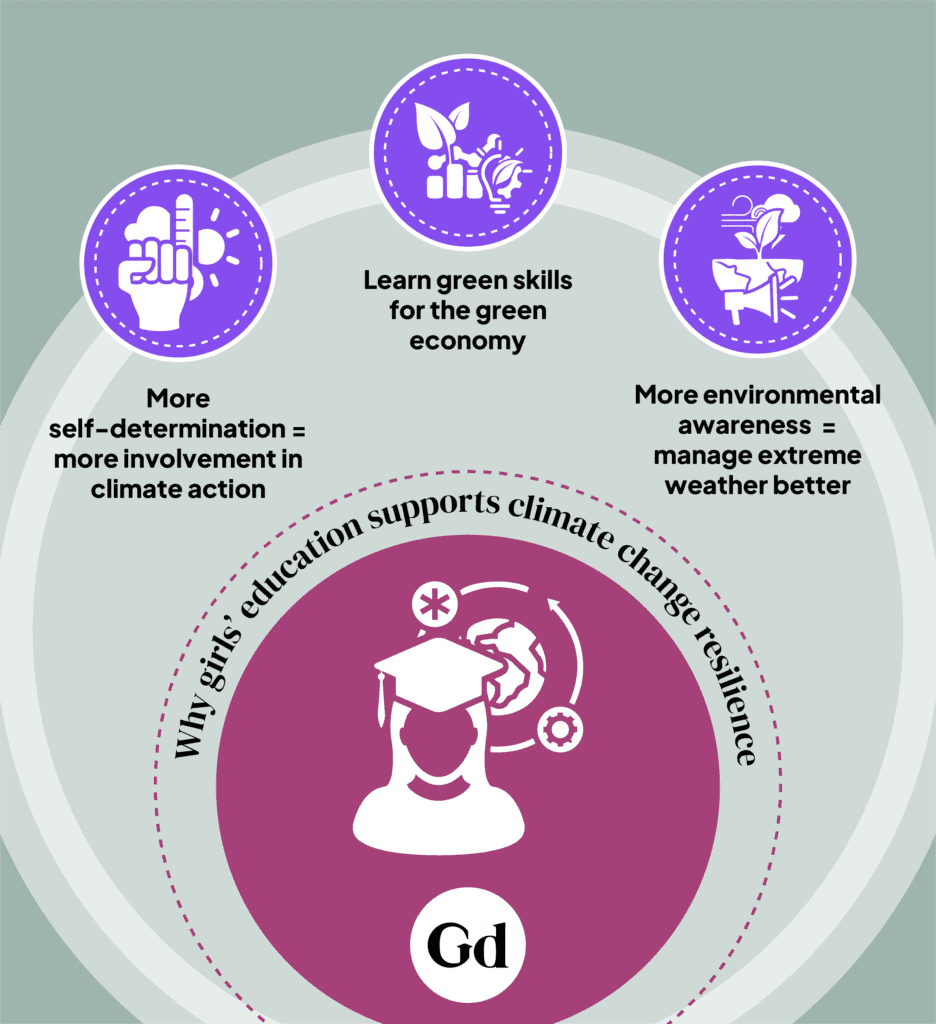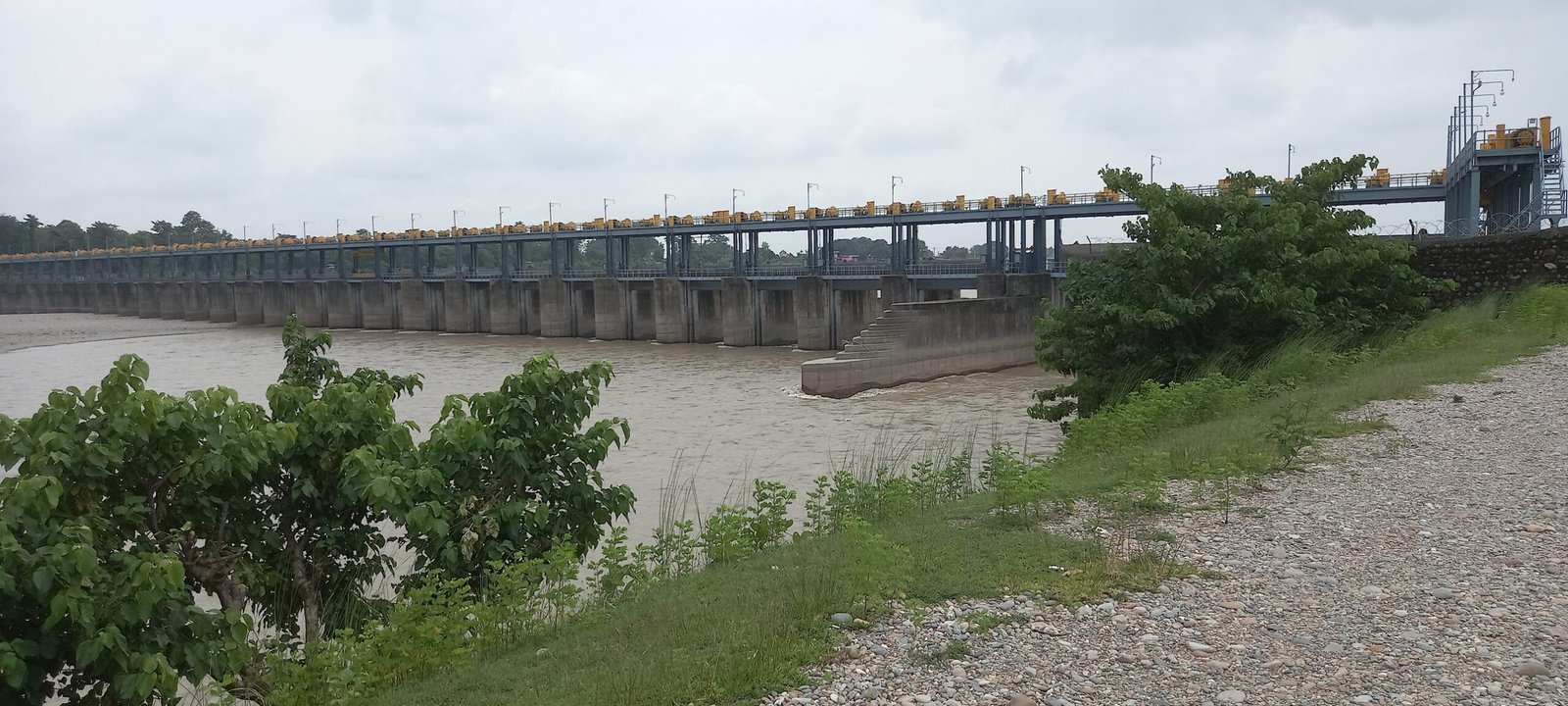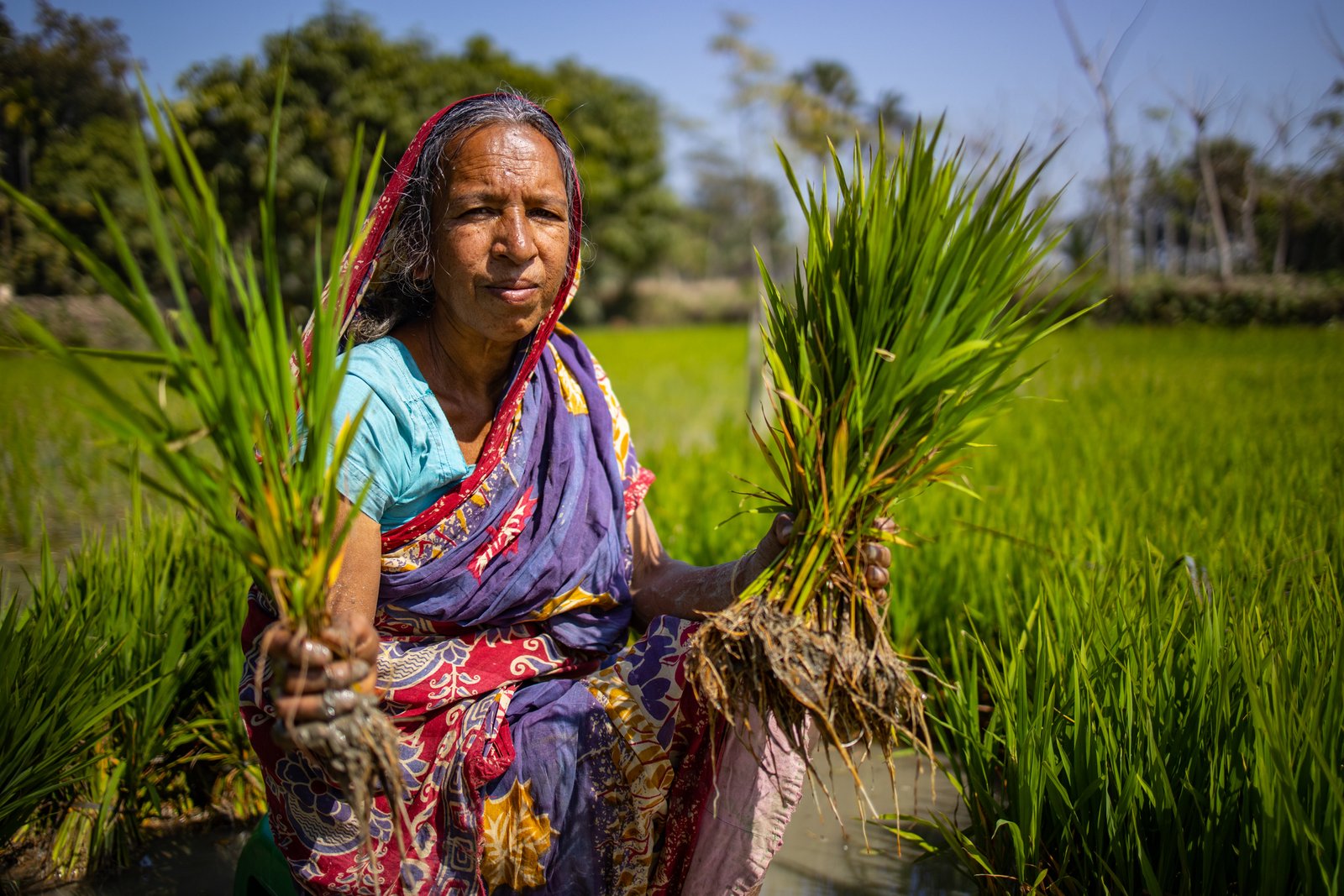Climate change is pulling girls away from their education in Uganda, exacerbating the country’s gender gap and diminishing its climate resilience, research shows. More targeted strategies to retain girls in secondary school are critical.
As Ugandan girls struggle to overcome gender inequalities, perils arising from climate change are disrupting their education and threatening their future economic prospects. Yet, girls’ education is key to national climate change resilience.
Educating Ugandan girls can amplify their voices as agents of change in adapting to climate change and its mitigation, reducing Uganda’s vulnerability to climate shocks, such as droughts and floods, and promoting positive coping strategies for climate change.
Uganda is one of the most vulnerable countries in the world to climate change, and also one of the least ready for it. It ranks 163rd in the world in the ND-GAIN Country Index. This index summarizes a country’s vulnerability to climate change and readiness to tackle challenges therein to enhance resilience.
In addition, Uganda ranks 29th out of 77 Global South countries on the Girls Education and Climate Challenges Index (GECCI), an indication that girls’ education remains at risk due to climate shocks.
Both indexes underscore that Uganda has not built resilience to extreme climate crises, including in its education for girls. Education is not only key to closing gender inequality gaps – strategies that target schools’ retention of girls are also vital for positive climate change outcomes.
How does girls’ education support climate change resilience?
Education provides girls with critical knowledge and skills that enable them to contribute to, and strengthen, climate change resilience in their society. Research finds that educating girls builds their knowledge and awareness of their sexual and reproductive health rights, as well as the voice to advocate for these rights. This encourages girls’ self-determination, and hence increases their active involvement in climate action and adaptive capacity while advancing both climate justice and gender equality.
Additionally, through education, girls can obtain ‘green skills’ which ultimately prepare them for green jobs and support their country’s evolution to a green economy. Education also breeds confidence that enables girls to grow into agents of transformation and leaders within their households and communities, and hence promote adaptation strategies in their societies.
Furthermore, with sufficient education, girls develop environmental awareness that enables them to champion low-carbon and sustainable pathways in the development process, and climate change mitigation and adaptation strategies, such as clean cooking. This is because education promotes knowledge on a variety of approaches/pathways to achieving climate change resilience, with minimum risk yet enhancing household welfare. For example, successful girls’ educational attainment is associated with improved preparedness, reaction to and recovery from drought. In addition, education improves access to information, such as weather forecasts and alerts.
How does climate change disrupt girls’ education?
Climate shocks reinforce negative strategies for coping with poverty, especially in rural areas. Families force girls into early marriages, in order to receive dowry payments that compensate for declining cash flows arising from crop failure due to severe weather. This increases the girls’ likelihood of dropping out of school due to pregnancy and marital duties. In a 2017 study on drought vulnerability in 16 districts in the West, East, Central, Karamoja and Teso regions of Uganda, 18 percent of the respondents reported forced early marriages in exchange for money and food.
Additionally, climate vulnerability increases domestic responsibilities for adolescent girls. The domestic burden is transferred to the girls when parents seek extra work to ease emerging resource and financial troubles brought by extreme weather. This forces girls to drop out of school, or attend irregularly, which negatively affects their test scores.
Likewise, a dampening of household income by climate shocks results in missing payments on school fees. This means girls must engage in income generating activities alongside school or completely withdraw from school, which plays into the norm of devaluing girls’ education.
Research finds that, in the Kiruhura district, 25 percent and 13 percent of female youth were travelling longer distances to fetch water and cook, respectively, compared to 20 percent and 10 percent of male youth in response to climate change. Furthermore, in Isingiro, 3.8 percent of girls sought paid work due to climate stresses.
The physical destruction of school infrastructure from floods and storms also disrupts education, leading to temporary and sometimes prolonged school closures. However, longer school closures are more likely to compel the withdrawal of girls than boys.

What strategies are being undertaken to increase retention of girls in school?
Strategies targeting the nexus between climate change and girls’ school retention are not pronounced. However, Uganda’s National Development Plan III and the Uganda National Climate Change Policy (UNCCP) (2015) propose gender mainstreaming and sensitivity in adaption and mitigation strategies to diminish climate change induced vulnerabilities related to children and women.
Specifically, the government intends to embark on programs addressing the aspects arising from the nexus of demographic/population trends and climate change impacts. Indeed, the UNCCP champions reproductive health rights, particularly the right to make childbearing decisions, child health, elevation of the women’s status and, importantly, post-primary school education to build a foundation for resilience against climate change. Additionally, the integration of climate change and gender in school curricula is ongoing.
Away from the nexus, Uganda has taken steps to facilitate girls’ education through the policy space, education quality, program planning and implementation targeting girls’ enrolment, retention and completion of school. For example, the National Strategy for Girls’ Education (NSGE) in Uganda (2015–2019) and the Gender in Education Policy (GEP) 2009, committed to close the education gender gap by increasing access to education, creating gender conscious school atmospheres, sex education programs, and enhancing teaching capacity, particularly through the recruitment of female teachers who girls can look up to.
Evidence from the GEP implementation shows that the primary enrolment gap closed, and completion rate grew from 44 percent in 2008 to 72 percent in 2014 for girls, with their pass rate increasing from 65.3 percent to 86.2 percent. Secondary school enrolment for girls grew by one percent during the same period, and its access remained inequitable.
By 2017, a fairly equal number of girls and boys were enrolled in primary schools (4.45 million girls and 4.40 million boys). Enrolment drops markedly for both girls and boys in secondary schools, but especially for girls. In 2017, 645,000 female students and 716,000 male students attended secondary school.
Therefore, while these policy directions promote girls’ school retention, evidence suggests the need for more targeted strategies to increase secondary school enrolment and retention, to reap the rewards not only for gender equality and girls’ future, but for Uganda’s climate change resilience.






